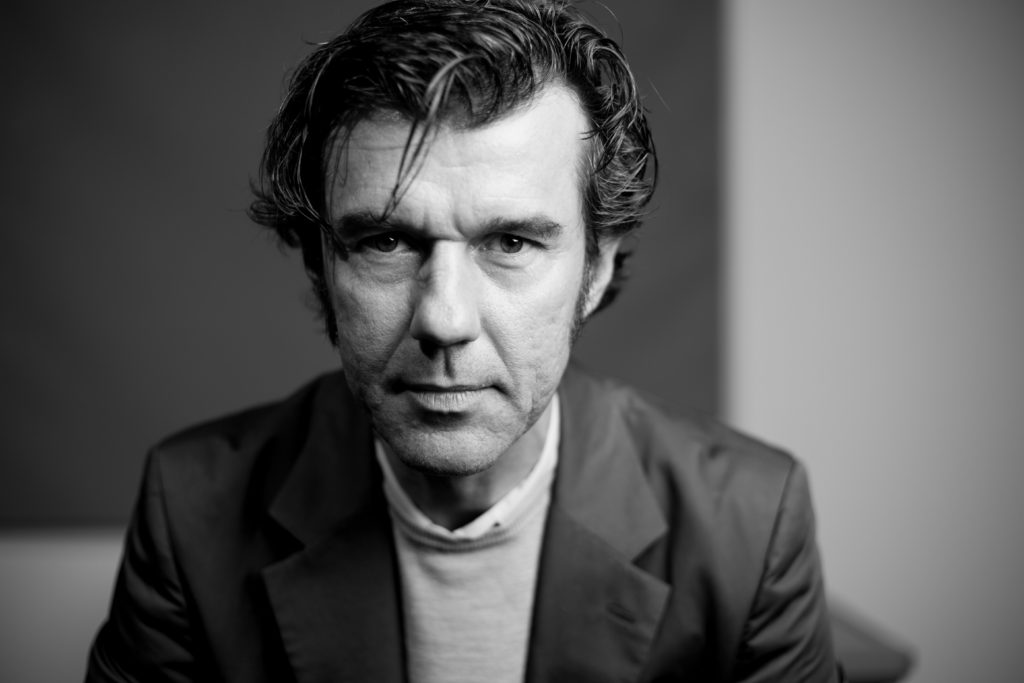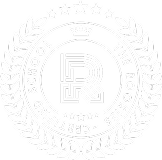Austrian. Lives in New York, the same place where he has his small and prestigious Studio: ‘Sagmeister, Inc.’. Nominated and awarded at the Grammy Awards. Considered one of the most relevant graphic designers on the international scene, as well as an art director. He worked as a designer to illustrate works by David Byrne, The Rolling Stones or Lou Reed, among others.
Noted for his sabbaticals periods during which he closes his studio and goes to a new country to find enough inspiration to continue his professional career and not fall into repetition. He has a special idea about happiness, which he explained in the film: ‘The Happy Film’. Charismatic, different, and provocative. We are lucky to interview him. Check it out!
Some people define you as a ‘graphic design rock star’. Is this how you feel?
Hahahahaha. No. So many people are called ‘rock stars’ now, to the point where the term has becoming meaningless. The only people left who are no called ‘rock stars’ are the actual rock stars, they are thought of as ‘brands’.
Design is not only a way to solve problems. Then, what is design?
Good design has to help someone and it has to delight someone. If all a design does is to solve a problem its likely mediocre and more often bad design.
Each one, as an individual, knows what is inside. How do you define your design work, from your own ‘me’?
I’ve always tried to create designs that have the chance to touch someone, a more emotional approach.
You have define your degree through sabbatical periods. If im not wrong, your first experience was in Manhattan, but it didn´t work. Later, you went to Bali, and everything improved. Did radically disconnecting from your reality increase your creativity? Why?
You are correct that the first sabbatical took place in Manhattan. And while there were some initial trouble with my wrong headed approach, after a couple of weeks this was solved and the overall year was very successful. The reason I conducted the 2nd sabatical in Bali (and the third in Mexico City/Tokyo/Schwarzenberg) was that I did not want to repeat the experience of the first sabbatical, I did not want to get used to that.
And… what has been the best project you have got from your sabbatical periods?
During our second sabbatical in Indonesia I was looking for something meaningful to design, and The Happy Film seemed to fit the bill: It forced me into doing a whole lot of research and experiments within this field. I also figured that whatever we do might have a chance to be of possible service to other people. It also allowed me to work in a challenging media, as I had never done a film before. Most things I do everyday are somehow geared towards this goal, often just not in a very direct way. And it seemed more challenging to attempt to get a handle on the subject in film rather than print, trying out a new medium prevents me to become too complacent. When we started out, it was supposed to be a general film on happiness. As this quickly proofed impossible as the subject was just too large, it became a film on my own happiness (as I’m an expert on it).
Are this kind of periods your main source of inspiration?
Yes. Its all about the commitment to spend a certain part of my time doing what I am truly interested in, in my case one full year every seven years, Every designer whose work I admire conducts a version of this: Every late afternoon, one day a week, a couple of days every month, I’ve seen almost every version out there conducted in companies tiny and large.
Have you ever felt afraid to lost everything during this kind of periods? (why/why not)
The only time I was afraid of that was before I had started the first sabbatical: I feared my little studio will be forgotten and we’ll have to start from scratch. As this never happened, this fear did not return.
I read about your idea of beauty, but… what is ‘the beauty’?
I do think it is possible to define beauty: It is a combination of shape, form, color, composition, material and structure, to please the aesthetic senses, especially the sight. All these elements of beauty can be pursued.
Do you know if any of your works have been that people feel better? (because of the design). Do you have feedback about how your work helps others or make better their lifes?
Oh yes, We’ve received many, many letters from visitors to the Happy Show and the Beauty Show that elements of what they saw their helped them make changes in their lives. I remember one from a 14 year old boy who mustered up the guts to ask for a kiss from a girl he had a crush on for a long time – after seeing the show. It worked.
You used to talk about the pleasant and functional. Why is it important to find pleasure in design?
Why is it important to find pleasure in design? Why it is important to have joy in life?
I would assume this is self-evident.
Is your life sketched as a design project? Have you redesign your own during your life? How?
The big overall learning experience I got from the Happy Film would be something I had heard our scientific adviser Jonathan Haidt’s say many times: He thinks happiness can ensue if I manage to get the relationship to other people right, this includes far away acquaintances and close family, if I can get the relationship to my work right and the relationship to something that’s bigger than myself right. Only then happiness can rise from here and there from in between. When I started my current sabbatical in Mexico City and looked for a main subject to work on, it immediately became clear to me that it will need to be ‘Beauty’, as it will force me to be in close relationship with many people, it will force me to work with many new and old experts, artists, designers and producers, and it will surely be bigger than me. The following months have been among the happiest of my life.
In a world like this, when it seems that no one has time. Would you redefine the time concept? How?
It seems to me that Covid 19 redefined our concept of time quite well for now.
What kind of advice would you give to those young designers that want to live as designers?
Try to create exercises so that your work can become formally much more sophisticated. For example: Select three pieces of design that you think are good, and then copy them exactly and painstakingly, typography and all.
This of course is for training only, not for your portfolio. Then pick three new pieces, things that contain a lot of information. Copy them again. Then create three pieces on your own, a poster, a website, a brand system.



















